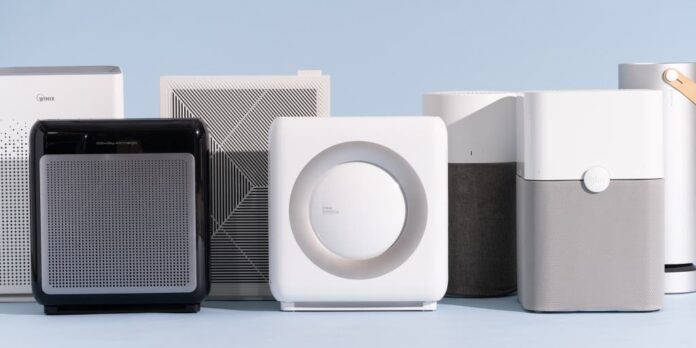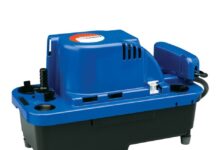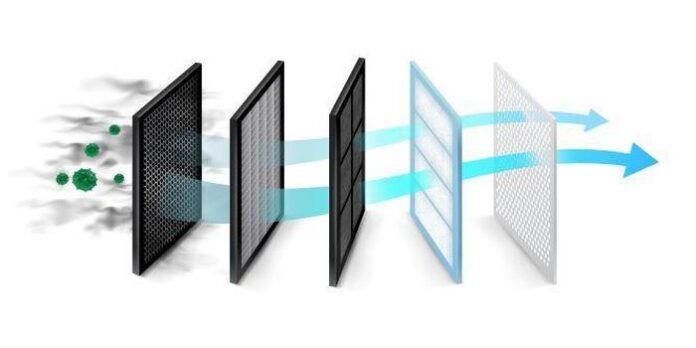
The operation of any air purifier is based on a similar principle. Air set in motion by a fan passes through a system of filters and purified air is released to the outside. In most air purifiers on the market, polluted air is sucked in from the side or back of the air purifier, and already-filtered air is released through the top. This ensures good air circulation in the room and thus better air purification.
NOTE: Due to air circulation and airflow, one air purifier is recommended for one room. Do not buy a higher capacity air purifier with two rooms in mind, as air circulation will not be optimal and the device will not be able to properly filter the air.
You’ll be interested in this – comparison of Winix 5500-2 vs HR900.
Stages of Air Filtration in An Air Purifier
In an air purifier, contaminated air first passes through a pre-filter. It is the one responsible for filtering out the largest dirt clusters of dust, and hair, thus protecting subsequent filters from premature wear.
The next filter through which the air passes is the carbon filter, which absorbs Volatile Organic Compounds (VOCs) and unpleasant odors, odors. The final stage of filtration is the HEPA filter. It stops the smallest contaminants by operating at almost 100%. Thus, the quality of purification depends on the quality of each of these filters, which is worth paying attention to when choosing an air purifier for yourself.
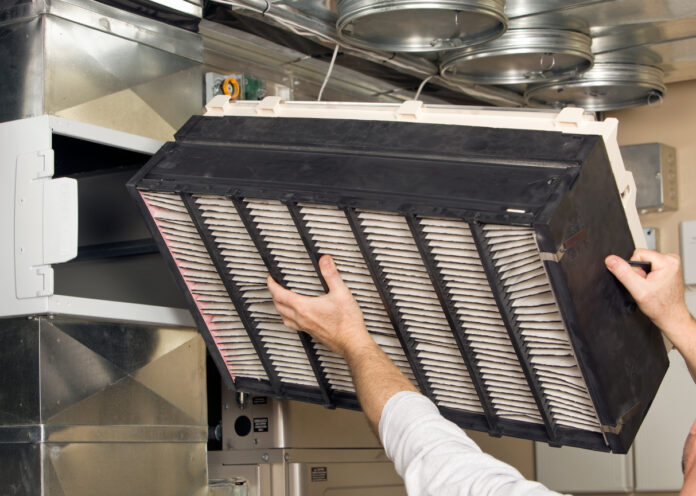
NOTE: A filter is not equal to a filter! When choosing a HEPA (High-Efficiency Particulate Air Filter) filter, we can refer to their classification. The higher it is, the higher the degree of filtration.
In air purifiers, we most often encounter EPA (Efficiency Particulate Air) filters of E12 rating (customarily called H12), or high-efficiency H13 (the letter H stands for High meaning high). Already filters with an E12 (H12) rating remove ≥ 99.95% of pollutants. For more demanding users, we recommend an air purifier with an H13-rated filter achieving an efficiency of ≥ 99.97%.
The situation is slightly different with an activated carbon filter. Here we adopt the principle of the more the better. Also, the thickness of the activated carbon layer is important because the thicker the layer, the greater the contact between the air and the carbon surface.
Sensors that Respond to Changes in Air Quality
Other important elements that affect the performance of air purifiers are sensors that measure air quality and a light sensor. Check what sensors the chosen model has because this will determine how it works, how quickly it responds and the accuracy of the automatic mode.
Properly working automation will guarantee the rapid removal of the resulting pollution, and then the device will go into a quiet mode, as well as an ecological mode. Higher accuracy and faster response to changing air quality are provided by the laser sensor, so it is worth investing in an air purifier that has it.
Fan – a Key Component of The Air Purifier
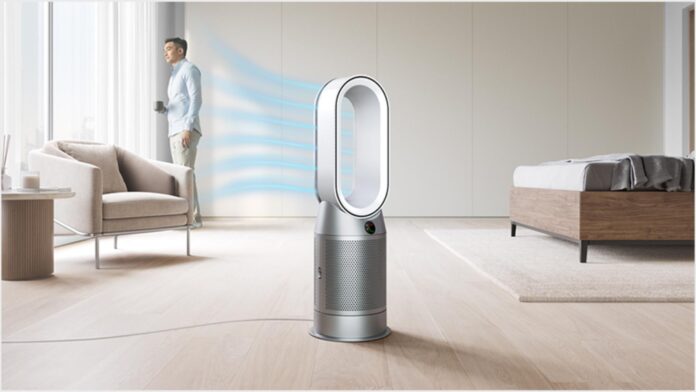
An important element that affects the performance of the air purifier is the fan. A modern one will guarantee quiet, efficient, and trouble-free operation while consuming minimal energy. This will be appreciated by those who plan to use the air purifier in a child’s room or bedroom.
Even a small noise can effectively make it difficult to fall asleep, so it is worth investing in air purifiers that generate so-called white noise. The steady sound produced by the air purifier will not only not disturb, you but may even make it easier to fall asleep.
Choose How To Operate the Air Purifier
It is also worth paying attention to how to operate it. Is the chosen model intuitive, does it have basic buttons on the casing, such as mode selection, and fan speed, is there information about air quality, the need to change filters, and whether can you turn off the backlight?
Users who expect more should choose an air purifier equipped with a WiFi module that allows them to control the device and read the operating parameters and air quality on their phone or tablet.
Cleaning the Purifier Is Also Needed

The last, but equally important element related to the performance of our device is the cleaning method. The filters used in air purifiers generally work for a very long time because about 12 months.
However, in order for the air purifier to work efficiently, it is necessary to replace them periodically, so it is also worth checking whether you can do it yourself and whether it is intuitive. It is also worth checking whether you can wash the pre-filter and whether you can additionally remove the air inlet and outlet panels, which get dirty over time and can be a hassle to clean.
You already know how air purifiers work. When choosing a model, remember to pay attention to its capacity (recommended room size), the filter system used and its quality, and the way and the possibility of operation and maintenance. Choose a proven device whose quality has been confirmed by certificates.
